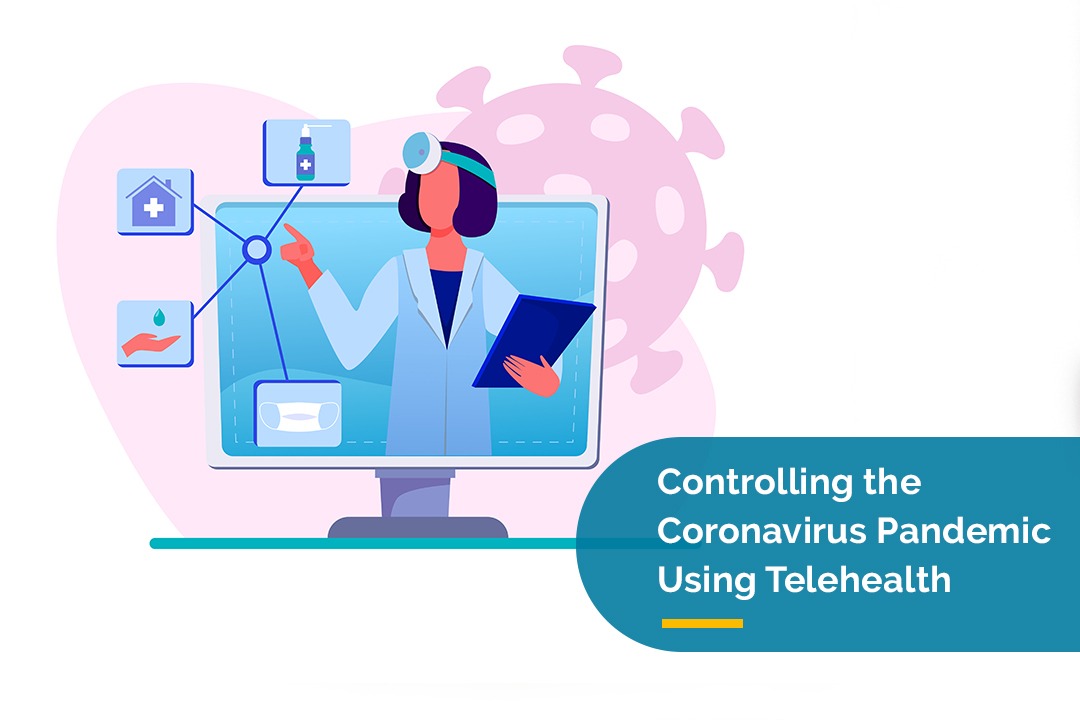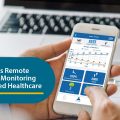Telehealth has evolved as a strong alignment with thousands of lives being transformed under its evolution. People can use telemedicine as a modern system with its revolutionary access opened for millions worldwide. The laymen are becoming increasingly aware of how they can use telemedicine to their best advantage. Telemedicine is redefining healthcare with dozens of its subsystems aligned carefully with the layman’s health needs. Today, when the residential areas are expanding everywhere, telemedicine is proving itself as a reliable benchmark. Telemedicine can even improve the habits of reluctant patients by getting them remotely involved with the physicians regularly.
Telemedicine at its outset:
It was during the last 5 decades of the 20th century that the need for telemedicine began approaching conventional healthcare to extend the medicinal outreach in the remote locations. The technological developments have made it possible for the telemedicine to modernize its presence and integrate its availabilities with other healthcare facilities.Telemedicine makes it easy to establish a strategy of self-care wherein the patients can save money. This ultimately reduces the nation’s overall costs for quality healthcare.
Telemedicine today:
Telemedicine has opened its gateways to a globalized populace in the backdrop of affordability increasing due to technological advancements. As the title suggests, telemedicine evolved as a concept to mainly address the patients having located far away from the medical units or treatment centres. Although telemedicine still addresses these areas, it has become more like an affluent extension to conventional medicine.
What are the critical issues being effectively addressed by the telemedicine today?
- Inconvenience due to poor time management resulting in stress and frustration
- Money and resources splurged over healthcare facilities
- Misdiagnosis of chronic diseases
- Low access to care in remote locations
- Mismanagement or poor management of the clinics and laboratories
Telehealth entails a collection of methods to enhance the quality of healthcare on a global level by addressing the customary and complex health concerns of the public and improve the delivery of healthcare using modern telecommunication technology. Since telemedicine emphasizes more on the services based on typical consumer demands, it enhances the healthy interchange of communication between healthcare officials and patients.
Below are the benefits of telehealth transforming the healthcare industry:
- Chronic disease management like Systemic Lupus Erythematosus (SLE) becomes easy because of Remote Patient Monitor (RPM) replaces the visits otherwise taking time and resources.
- The discussion of a test result or diagnosis becomes easier than ever before when a physician utilizes videoconference to communicate the same.
- Telemedicine addresses the concerns effectively by reducing the wastage of time, money, resources and hurdles.
- The expenses or efforts to usually take care of the travel charge including hotel stays and others can be diverted to better various communicational or clinical interchanges.
- Telehealth allows the physicians to increase the patient base and maintain a finer than ever communicational interchange with them.
- The physicians get to audit the real-time data and enhance patient management modules.
- The physicians no longer travel physically between various healthcare facilities as telemedicine amplifies miscellaneous ways for them to address various concerns.
- The burnouts herein are reduced tremendously with the frequent online interactivity towards the cure/management of chronic issues.
- The formation of networks towards addressing the audience on a global level is easier with telemedicine in action.
- Understaffed healthcare centres and clinics can prefer outsourcing their quality healthcare services to specialists within the same faculty but from different locations.
- Telemedicine has made it convenient for patients to use handheld devices and apps to facilitate interactions with remotely located physicians and setups.




